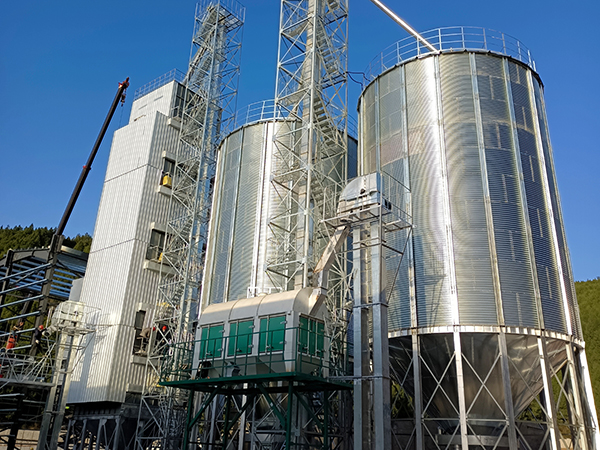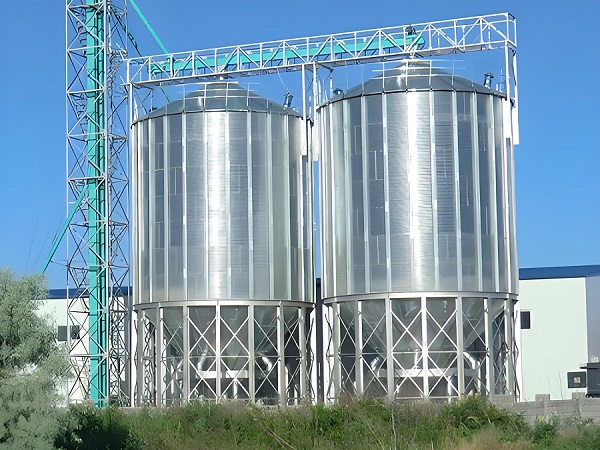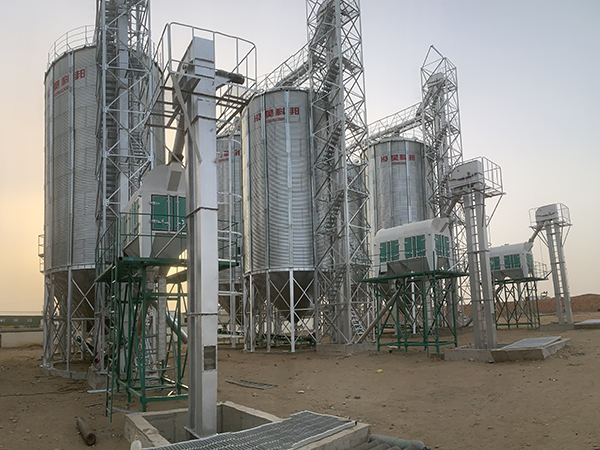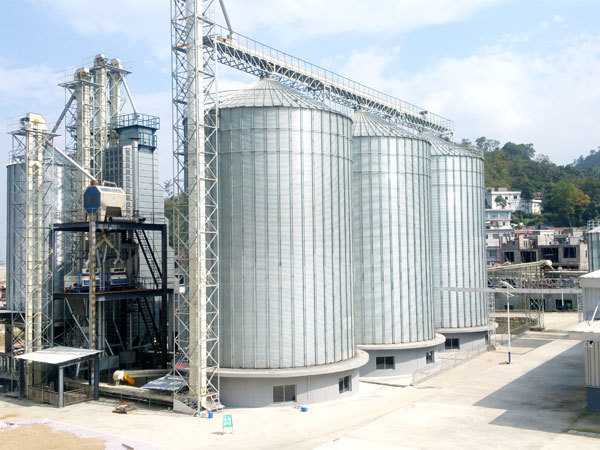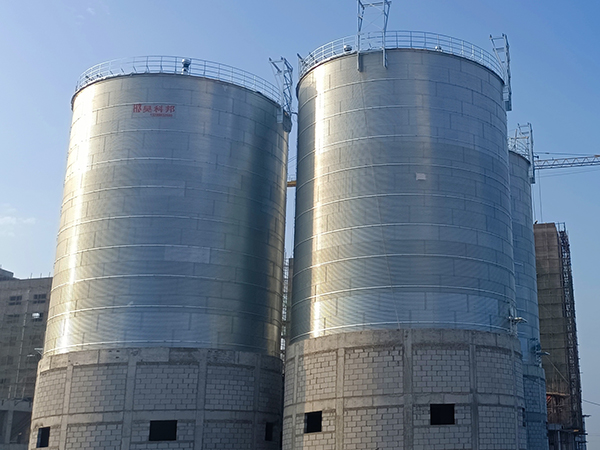Soybean seed silo installation process in Ethiopia
Soybean seed silos are vital for modern agriculture, focusing on efficient storage and seed quality preservation. The installation process requires site assessment, material preparation, professional team formation, and a detailed procedure from foundation to commissioning. Adequate installation ensures operational efficiency, reduced seed loss, and planting success, maximizing investment returns.
- Main Advantages of Wheat Silo in Uganda
- Main Functions of Wheat Silo in Uganda
- Corn mill factory in Mali
- Maintenance Methods for Wheat Silo in Uganda
- Maintenance Methods for a Rice Silo in Uganda
- Wheat mill supplier in Malawi
- Installation Process of a Rice Silo in Uganda
- Structural Composition of a Rice Silo in Uganda
- Flour mill sale in Rwanda
- Main Advantages of Rice Silo in Uganda
- Primary Functions of Rice Silo in Uganda
- Grinding mill cost in Libya
In the rapid development of modern agriculture, soybeans, as an important food crop widely planted globally, have a significant impact on agricultural production in terms of seed storage and management. Soybean seed silos, with their high efficiency and cost-effectiveness, have become an ideal choice for agricultural storage. For many farmers and agricultural enterprises, mastering the soybean seed silo installation process is key to ensuring its normal operation and maximizing investment returns.
Basic Knowledge of Soybean Seed Silos
Before delving into the soybean seed silo installation process, it is necessary to have a basic understanding of the silo. This includes the design principles, main functions, and importance in modern agriculture. Understanding these basics helps users make wiser decisions during the installation process.


Design Principles and Functions of Silos
The design principle of soybean seed silos mainly revolves around improving storage efficiency, ensuring seed quality, and facilitating operation and maintenance. The main functions of the silo include storage, ventilation, moisture prevention, pest prevention, etc., to ensure that soybean seeds are in the best condition during storage.
Importance of Silos in Modern Agriculture
With the continuous advancement of agricultural modernization, soybean seed silos play an increasingly important role in modern agricultural production. It not only improves the efficiency of seed storage but also helps reduce the loss of seeds during storage, ensuring the quality of seeds and the success rate of planting.
Preparations Before Soybean Seed Silo Installation
Adequate preparation is essential before officially entering the soybean seed silo installation process. This includes the assessment of the installation site, the preparation of materials and tools required, and the formation of the installation team.
Site Assessment and Selection
Choosing the right installation site is a prerequisite for ensuring the stable operation of the silo. Site assessment needs to consider various factors such as terrain, geology, drainage, and climate to ensure the safety and durability of the silo.
Preparation of Materials and Tools
Installing a soybean seed silo requires a series of professional materials and tools. Preparing and checking these materials and tools in advance can avoid delays during the installation process.
Formation of the Installation Team
A professional installation team is crucial for ensuring the quality and efficiency of silo installation. Team members need to have the corresponding skills and experience to deal with various challenges that may arise during the installation process.
Installation Process
The soybean seed silo installation process is the most critical part of the entire installation process. This article will provide a detailed introduction to every step from foundation construction to silo debugging, ensuring that users can complete the installation according to the correct process.
Foundation Construction
Foundation construction is a key step in ensuring the stability of the silo. This includes excavation, pouring concrete foundations, and installing anchor bolts, etc.
- Determine the location and size of the foundation
- Excavate the foundation pit and carry out foundation treatment
- Pour concrete and ensure its uniformity and stability
- Install anchor bolts and carry out horizontal and vertical correction
Silo Assembly
After the foundation construction is completed, the next step is the assembly of the silo body. This requires strict adherence to the design drawings to ensure the verticality and roundness of the silo body.
- Clean and inspect the foundation surface
- Assemble the silo body plates step by step according to the assembly drawing
- Use appropriate connectors to ensure the stability of the silo structure
- Check the verticality and roundness of the silo body to ensure it meets the design requirements
Installation of Inlet and Outlet Systems
The installation of the inlet and outlet systems is crucial for ensuring the operation of the soybean seed silo. This includes the installation and debugging of components such as conveyor belts, hoppers, and valves.
- Ensure smooth entry and exit of seeds to improve work efficiency
- Reduce the loss of seeds during handling
- Facilitate the management and maintenance of the silo


Top Structure and Sealing
The installation of the top structure needs to consider sealing and rain resistance. Choosing the right sealing material and installing it correctly can prevent seeds from getting damp and contaminated.
- Choose the right sealing material, such as rubber or silicone
- Ensure that the sealing strip is closely combined with the top of the silo
- Regularly check the wear of the sealing strip and replace it in time
Commissioning and Acceptance
After all parts of the soybean seed silo installation process are completed, carry out the overall debugging to ensure that all systems of the silo can run stably. Finally, carry out acceptance to ensure that the installation quality meets the standards.
- Check whether all connectors and fasteners are firm
- Test the functions of the inlet and outlet system and the electrical control system
- Conduct a full load test of the silo to ensure structural stability
- Check the sealing and automation performance of the silo during acceptance

